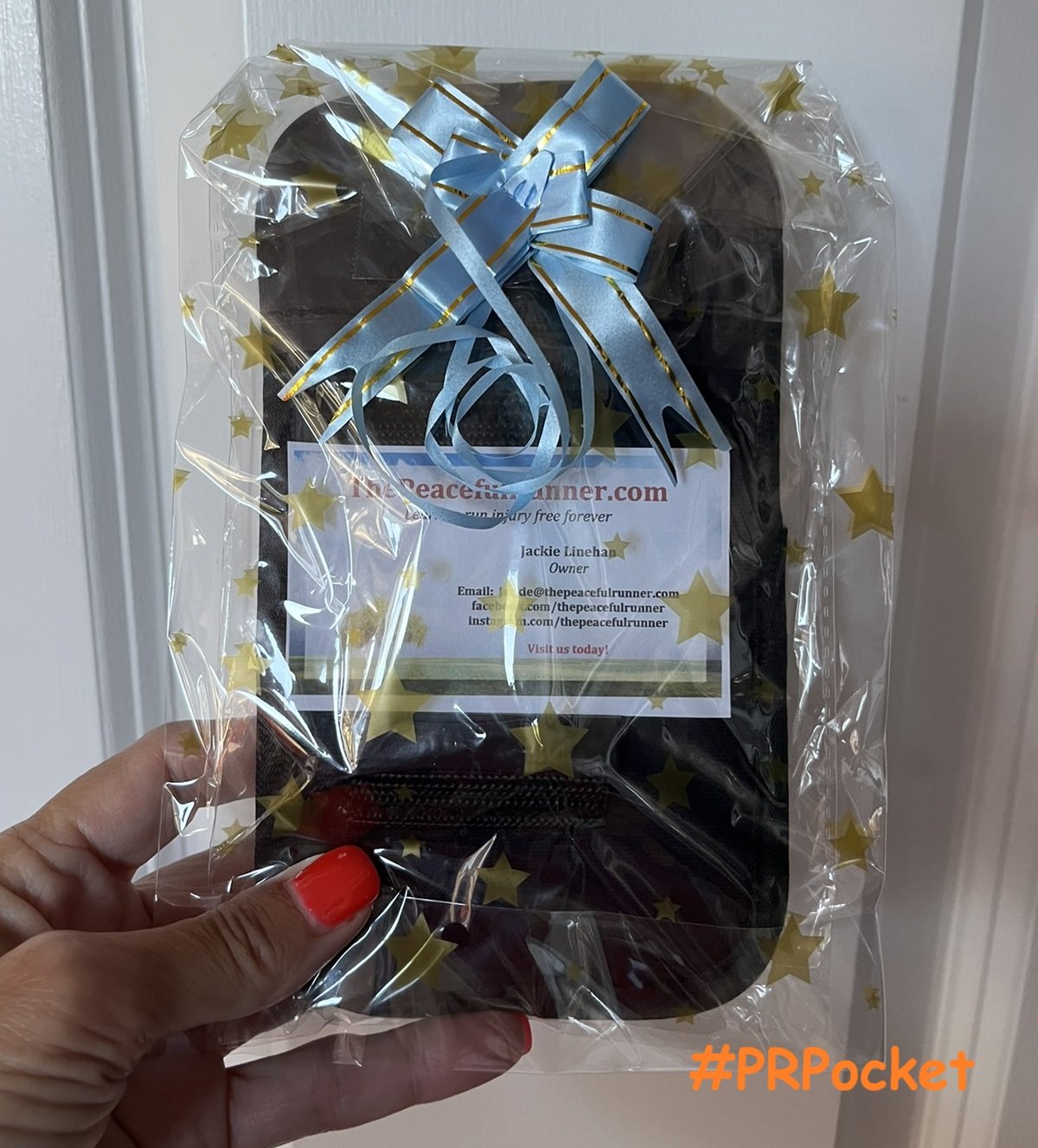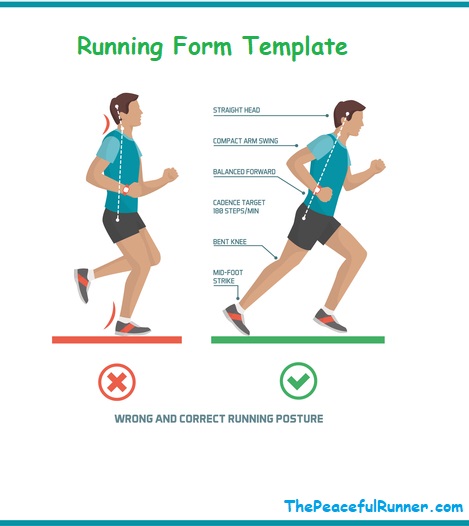- Home
- Running Tips
- Walk Breaks
Is Taking Walk Breaks Cheating?
FTC Disclosure: As an Amazon Associate, I earn from qualifying purchases. Learn more
Some runners view taking walk breaks as cheating because it’s not continuous running. However, many runners swear by it as the safest and most enjoyable way to build endurance and prevent injuries. They take brief, scheduled walking breaks because of the advantages gained and not because they are tired.
A run-walk training program helps runners increase endurance and build strength with less risk of injury and muscle strain. Taking short walk breaks while running helps keep the runner motivated, improves recovery times and makes running more enjoyable. Consider including a walk-run plan in your next training program.
The Many Advantages of Taking Walk Breaks
- Prevents injuries and speeds injury recovery - Walking uses different muscles so our running muscles have a chance to rest and recover before tiring—reducing the risk of pain and injury. Walking, like stretching, helps flush lactic acid that builds in our muscles, reducing muscle pain and soreness.
- Helps prevent fatigue - Short walk breaks help us to stay strong for longer distances and improves our endurance capabilities, with less aches and pains. Statistics show that marathon runners who use a run-walk program finish stronger and faster than when running continuously. They showed less signs of fatigue and finished the race feeling strong.
- Sets attainable goals - Taking short breaks from running helps keep us motivated on a long run. The distance is not considered as a whole but broken down into shorter, more easily achieved segments or goals; i.e. 8 x 15 minutes segments seems more attainable than a 2-hour run. The positive reinforcement of completing each smaller goal keeps us highly motivated and more likely to complete a more enjoyable run feeling strong.
- Refueling Opportunity - A scheduled break from running is a great time to refuel with a sports drink or a nutritional snack. It is so much easier to eat and drink while walking as opposed to running. Your refueling schedule can be planned around your scheduled walking breaks; i.e. refuel on every second or third walk break.
- Social and enjoyable running - Groups or clubs that use a run-walk program tend to be much more social and fun. Because runners are enjoying themselves, they are more relaxed, motivated and are more likely to show up for the next group run.
Jeff Galloway, a former Olympian, is a firm believer in run-walk-run programs and insists that there is no need to ever eliminate them from our training programs.
Walk Break Programs
A run-walk-run program is quite simple to incorporate into any run. Decide on a period of time or distance to run (see examples below) and then walk for a minute or two. Continue this pattern for the entire duration of your run.
I was first introduced to running and walking breaks when I joined the Learn to Run program (Running Room) in Canada many years ago and I continue to use this strategy today.
In the 10-week Learn to Run program, the beginner starts by running for one minute and then walking for two minutes. This routine is repeated for 20 minutes a couple of times a week. Each week the running time increases until the beginner is running 10 minutes and walking for one minute.
I have used the 10 and 1 program for many long runs and races, but it can be mentally difficult to calculate the schedule. A modification of this program, which is easier to follow, is to run 9 minutes and walk one minute every 10 minutes.
When I trained for my first marathon, I walked briefly at 15-minute intervals. It was easy to track as I would take a one minute walk break at each quarter of the hour, which is technically 14 & 1s.
"In every walk with nature one receives far more than he seeks.”
-- John Muir
Another run-walk program includes breaking every two or three kilometers. During a race, many runners use the refueling or water stations as their walk break time. The walk breaks then serve a double purpose: to ensure they drink fluids regularly and to give their muscles a short recovery time.
If you are just beginning to run, try doing shorter distances before taking a break. Increase the distance as you get stronger.
These are just some examples of run-walk training programs that you can use to build endurance, reduce injuries and stay motivated. There are others outlined here in this Run Walk Ratio Chart provided by Sports Coaching. Experiment with different plans to find one that feels right for you and easy to maintain.
Whatever program you decide to use, ensure that your walk break is early in your run. It needs to happen before you begin to feel tired. You will not gain the full advantage of using the program if you are already experiencing symptoms of fatigue.
Do you take walk breaks?
I take scheduled breaks when I am running by myself. It feels easier, makes the run more enjoyable, and it keeps me motivated to keep running. Do you use a run walk program?
I used to do 14&1s, but now I prefer to use distance rather than time. I usually take a short break after 2 or 3 kms.
We would love to hear about your running. Tell us if you prefer to take walk breaks or not and feel free to include a picture. Share your experience with your fellow runners! It's easy - just enter a title to begin....
Read Other Runners Experiences!
Click below to see entries from other runners...
I walk uphill before my run
I am lucky to live next door to a volcano and I visit it most days. I prefer to first walk up, then run down, then run up, then run down back home.
…
I run 2ks walk 30 seconds
Before I bought my new Garmin Forerunner, I track the time on my watch & run for 10 minutes and walk for about 30 seconds. With Garmin I can follow my …
Back to top of Walk Breaks
Return to Running Tips
- Home
- Running Tips
- Walk Breaks
FTC Disclosure: As an Amazon Associate, I earn from qualifying purchases. Learn more
NEW FEATURE - DISQUS COMMENTS!
Login using Facebook, Twitter, Google or Disqus.
Recent Articles
-
Have you ever had a run where everything suddenly felt effortless?
Dec 18, 25 11:01 AM
-
How to Choose the Best Treadmill for Your Home
Dec 10, 25 07:13 AM
-
Winter Running Tips and the Best Waterproof Running Shoes
Nov 15, 25 01:55 PM
-
When the Music Stops, Awareness Begins
Nov 05, 25 10:54 AM
-
Get yours in time for gift giving!
Oct 24, 25 12:32 PM
-
Change How You Deal with Running Pain
Oct 10, 25 08:53 AM
-
Surprising Benefits of Backwards Running
Sep 15, 25 12:40 PM
-
It's an Awesome Product!
Aug 28, 25 09:25 AM
I went out for a walk this morning and I used the #PRPocket for the first time. I had to check at least 3 times because I thought I lost my phone (iPhone -
Running in Hot Weather: What Every Runner Needs to Know!
Aug 14, 25 01:00 PM
-
Sick of Dieting? You’re Not Alone — And There Is a Better Way.
Jul 30, 25 12:18 PM



















